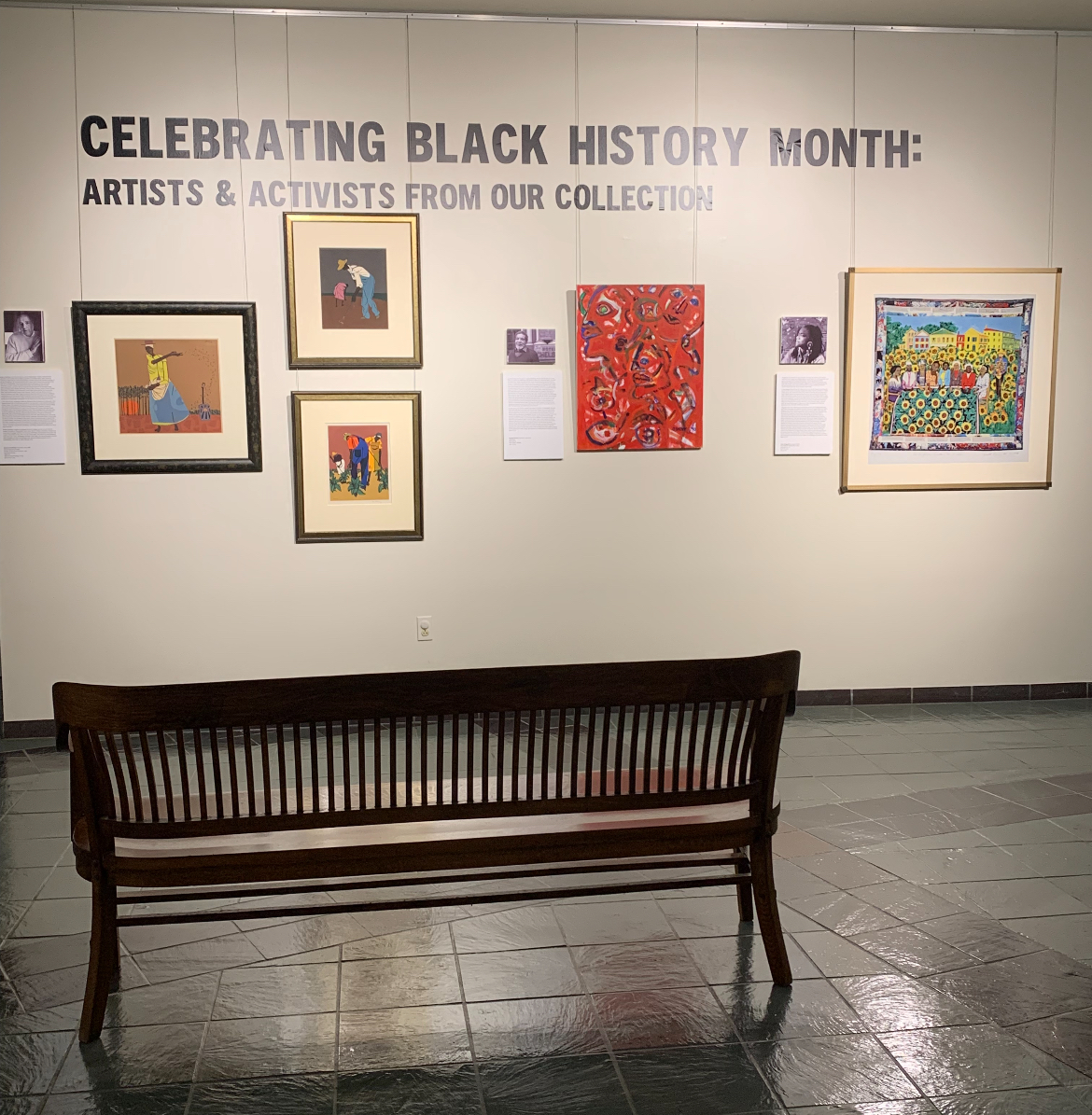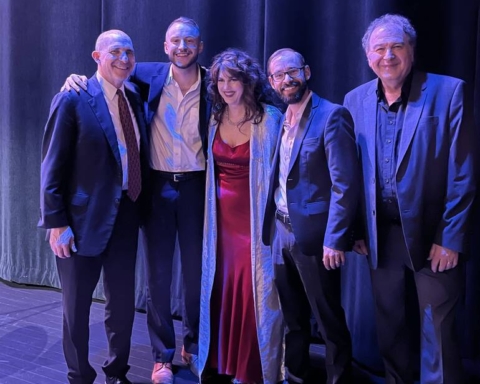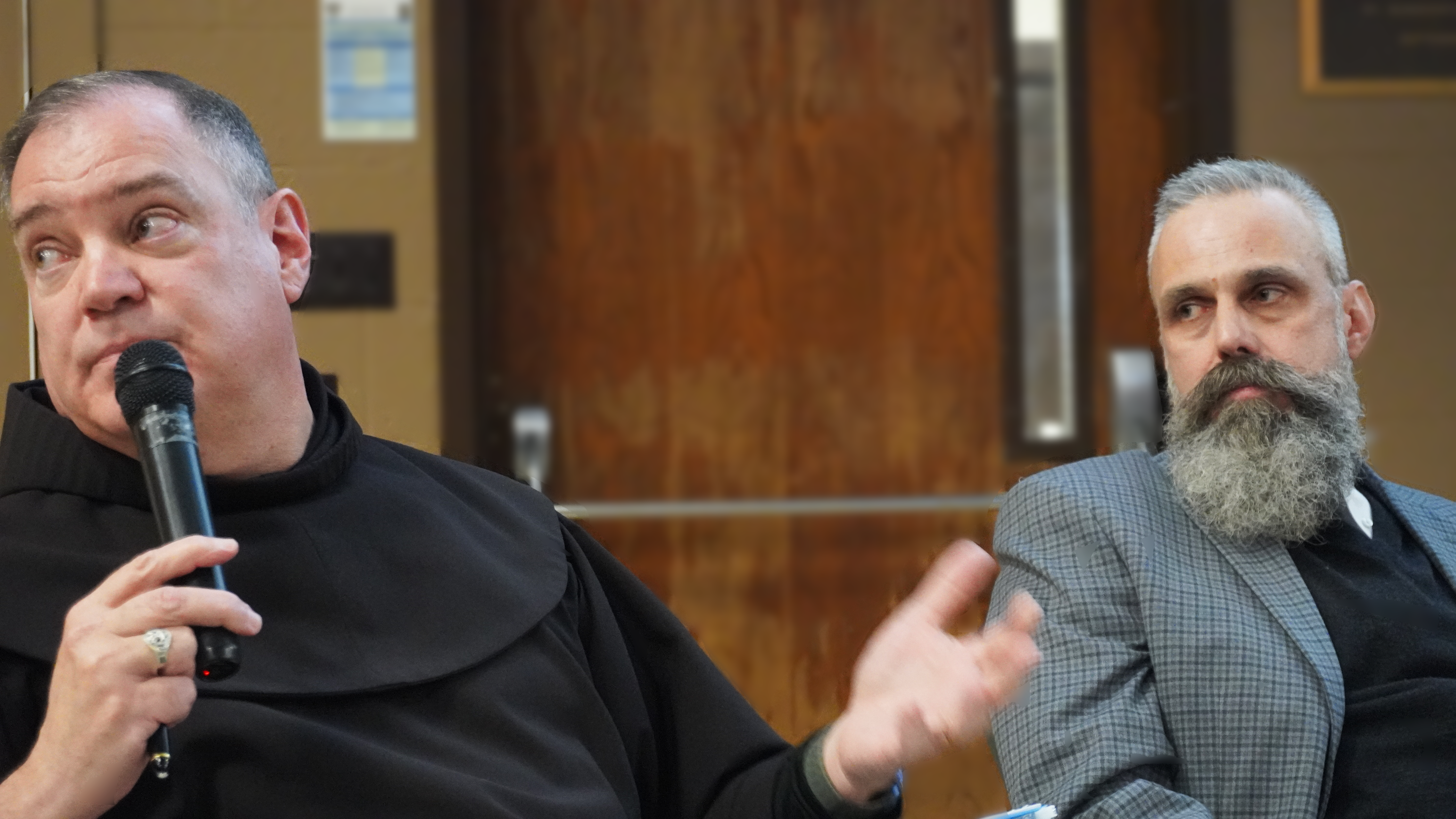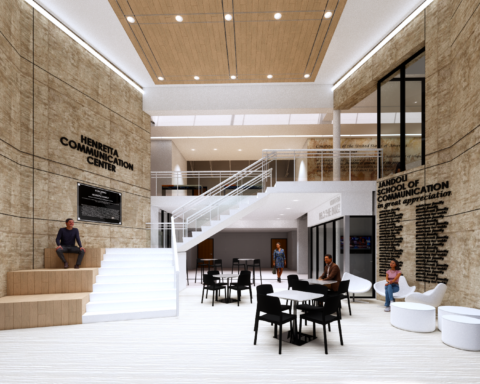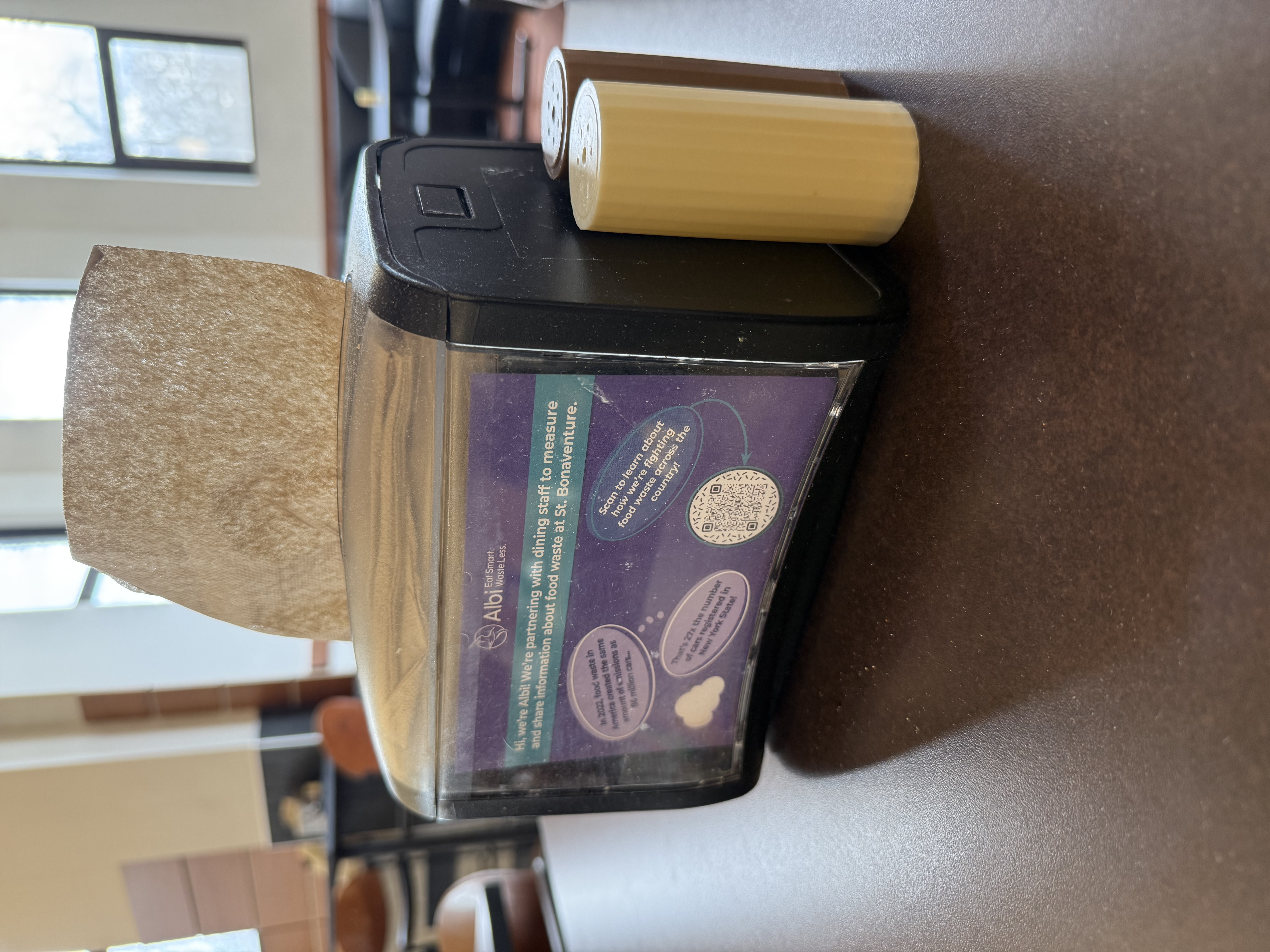Black History Month display at Quick Center of the Arts
Julia Babcock/The Bona Venture
BY: JULIA BABCOCK, STAFF WRITER
Feb. 1 marked the start of Black History Month. This month celebrates the history of African Americans and their impact on the United States. The United States has been celebrating Black History Month for 47 years starting in 1976.
St. Bonaventure University will have multiple celebrations of Black History Month across campus this year from the Regina A. Quick Center to the Center for Arab & Islamic Studies.
Regina A. Quick Center is presenting an exhibit for Black History Month which can be found in the atrium of the center. The art in the exhibit is mostly by black artists or artists that have close connections to the African American community. Evelyn Penman, assistant director and senior curator, said the exhibit was placed in the atrium to attract the attention of students as they pass through the facility. The exhibit will be up for all of February and part of March.
Rachel Harris, executive director of the Regina A. Quick Center, said that it is very important to celebrate black history in the arts not only during February, but throughout the year.
“Within the visual and performing arts, we really strive to make it more than a month,” said Harris. “We strive to teach all cultures to our students because that’s where our music of the day comes from.”
Harris said that African American culture is intricately woven into the arts, and it is important to celebrate where the music we have today comes from.
“It’s important because, especially in art and in music, and all the visual and performing arts, I believe that the black culture is just part of the fabric of the art to begin with,” said Harris.
Harris and Penman wish they could have a broader representation of African American artists throughout the year, although this is something they are actively trying to improve.
“This is the point that we would love to improve because that percentage is small,” said Harris. “As we realize that we are motivated to take a path of what can we do to encourage more black artists to come for exhibits.”
The art presented at the Quick Center is not purchased by Harris and Penman, making this process difficult. Although they are planning to work on expanding the diversity of their collection.
“Some of it is not in our control,” said Penman, “Because we don’t purchase any artwork.”
Aside from the art exhibit, the Quick Center collaborated with the STEP team for a performance celebrating Black History Month.
Don Hopwood, technical director and facilities manager at the Quick Center for the Arts, collaborated with STEP team to make their performance possible.
“In addition to this exhibit, Don Hopwood, our technical director, has been collaborating with the STEP team since the beginning of the semester, and their performance culminated last week,” said Harris.“We were very happy to have them in the house and performing for us.”.
STEP is based on a long tradition in African- based communities. It involves movement, words, and sounds to communicate allegiance to a group. The tradition grew out of song and dance rituals practiced by historically African American fraternities and sororities.
“The STEP team is a culmination of specific rhythms and dances that originated from the slavery time,” said junior strategic communication major, Ronald Noel. “Stepping in of itself is an African American performance where essentially you are using your body to create procession sounds, you’re creating a rhythm with your body shared by the people around you, it’s not meant to be something done by yourself.” Ronald Noel, junior strategic communication major said.
The Bonaventure STEP team performs multiple times throughout the year at events such as some basketball games and the Rep Your Flag event. Mcdaniel said they don’t perform at basketball games as much as they would like to.
The Rep Your Flag event, however, is hosted by the STEP team.
“It started about a year before I got here, so this would be the fourth annual Rep Your Flag event,” said Noel.. “That one is less focused on black people and more focused on cultural unification.” said Noel.
The St. Bonaventure STEP team presented a Black History Showcase in the Quick Arts Center on campus. The event was a spoken word fashion show held on Feb. 8.
Co-captains Noel and Kendra Jeffery worked together to plan this event for the STEP team.
“For Black History Month we hosted a showcase that happened already, where we did things like spoken word, we did a fashion show,” Jalen Mcdaniel, sophomore nursing major, said.
Noel and Mcdaniel agreed that the university could do more to celebrate Black History Month. They think more African American students need to get involved in the celebration as well.
“Sometimes it does seem a bit confirmative,” said Noel, “Definitely more African Americans would have to be involved, sometimes that’s hard to do.”
Mt. Irenaeus is hosting an event called “Transformation from Fear of Each Other to Becoming a Beloved Community.” This event is part of an ongoing conversation of racial justice hosted by the mountain. The day will take place on March 16 from 10 a.m. to 4 p.m.
This event is about addressing where fear is coming from, and becoming closer as a community said Br. Kevin Kriso. Registration begins Feb. 15.
The Center for Arab & Islamic Studies is hosting an exhibit which will be available to visit on the second floor of Plassmann Hall during February. The exhibit is set up to celebrate African American culture and the Muslim religion.
“I wanted to highlight the contributions that African American Muslims have made and continue to make to this country,” said Fr. Michael Calabria, director of the Center of Arab & Islamic Studies.
The exhibit consists of a video presentation of prominent African American Muslims, books by African American Muslims, the Karan open to a page about race, a poster about the first man to call Muslims to prayer who was African and more. The Islamic religion is very pervasive in American culture, Calabria said, but a lot of people do not know the history.
“A lot of people don’t know about it,” said Calabria. “A lot of American Muslims don’t know about it, and a lot of African Americans don’t know about it.”
The exhibit shows how African American Muslims have been in this country since the slave trade, and the extensive history African American Muslims have in the United States.
“Islam and people of African origin have been intricately entwined from the very beginning,” said Calabria.
This is the first time this event is taking place because of the new facility that was opened earlier this year. Calabria said he plans to continue the celebration of Black History in the Center for Arab & Islamic Studies in future years.
Bonaventure has taken multiple initiatives to celebrate Black History across campus this year, giving students an opportunity to learn many new things. Calabria still thinks that the stories of African Americans still need to be heard, not just during Black History Month, but all throughout the year.
“This all needs to be told more often,” said Calabria.
babcocjl23@bonaventure.edu

